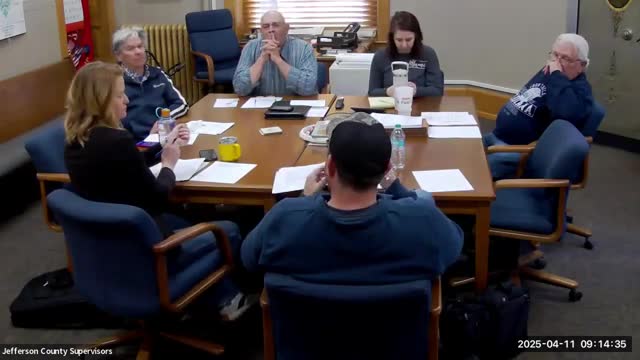Louisa County discusses solar panel regulations and safety measures for residential installations
April 17, 2025 | Jefferson County, Iowa
Thanks to Scribe from Workplace AI , all articles about Iowa are free for you to enjoy throughout 2025!

This article was created by AI using a video recording of the meeting. It summarizes the key points discussed, but for full details and context, please refer to the video of the full meeting. Link to Full Meeting
The supervisors highlighted the importance of thoughtful siting and design for solar installations. Key considerations included setbacks from occupied structures and property lines, ensuring that solar panels do not encroach on neighboring properties. This approach mirrors existing regulations for wind turbines, emphasizing a commitment to safety and community harmony.
One supervisor noted that the county's current setback requirement is generally set at 10 feet from homes, a precaution aimed at preventing potential hazards associated with electricity. The conversation also touched on the permitting process, which appears to be streamlined and efficient. Residents wishing to install solar panels on their properties, whether on rooftops or in backyards, can expect a straightforward approval process, with inspections conducted post-installation to ensure compliance.
Interestingly, the supervisors reported minimal pushback from the community regarding these regulations. The only notable concerns arose when construction projects encroached on neighboring land, highlighting the importance of adhering to established guidelines.
Safety emerged as a recurring theme, particularly regarding solar arrays installed on roofs. The supervisors acknowledged the need for a safety plan to ensure that all energy systems are monitored and managed effectively, reinforcing the county's commitment to responsible energy practices.
As Jefferson County moves forward with its solar ordinance, the discussions from this work session reflect a community poised to harness renewable energy while prioritizing safety and neighborly respect. The path ahead seems promising, with a clear focus on balancing innovation with the needs of residents.
Converted from Jefferson County Supervisors | Solar Ordinance Work Session 4.11.25 meeting on April 17, 2025
Link to Full Meeting
Comments
View full meeting
This article is based on a recent meeting—watch the full video and explore the complete transcript for deeper insights into the discussion.
View full meeting